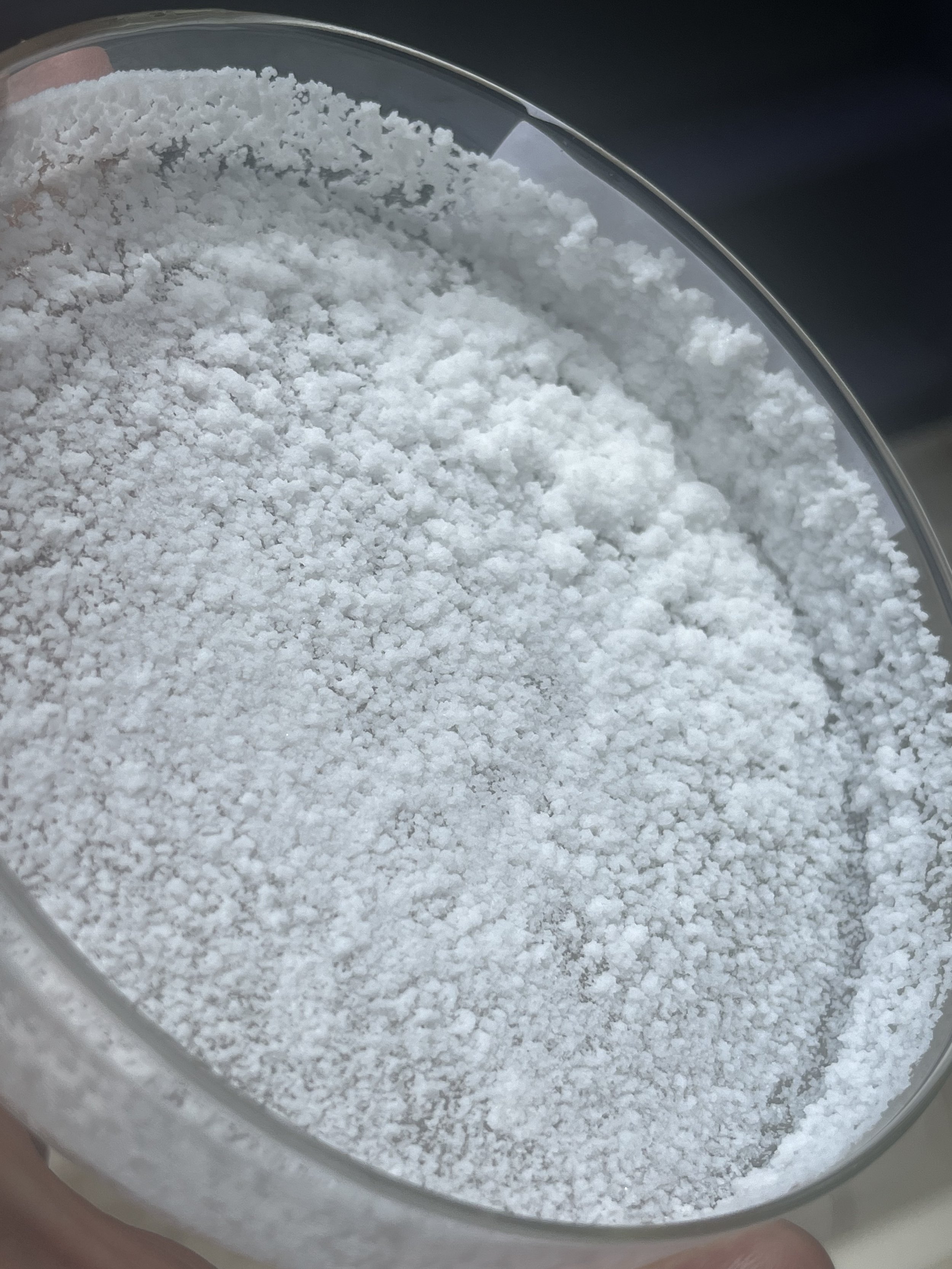Spagyric tinctures are prepared through an alchemical process that honours the full anatomy of the plant: the spirit, soul, and body. The volatile oils (soul), water & alcohol-soluble components (spirit), and purified mineral salts (body) are individually separated, refined, and then intentionally reunited. The result is a living preparation, not merely an extract, that carries the full life-force and signature intelligence of the plant in an exceptionally bioavailable form.
All of our herbal extracts use organically grown and/or ethically wildcrafted herbs and certified organic food-grade ethanol diluted to specific potencies in filtered and/or distilled rainwater, unless otherwise specified.
Chaparral (Larrea tridentata), otherwise known as ‘Creosote bush’, belongs to the Zygophyllaceae family and is native to the southwestern desert of North America. Chapparral’s Hispanic name, hediondilla (meaning ‘little stinker’), pays tribute to chaparral’s distinctive aromatic virtues due to its high resin and volatile oil content that wafts in the hot desert sun.
Chaparral is highly regarded for its ability to ward off and clear out all kinds of microbes and unwanted foreign bodies from the body but also its environmental habitat, showing a signature of protection against predators and pathogens. As chaparral promotes elimination and detoxification of damp-heat & toxic-heat in the tissues whilst tonifying and promoting their repair, chaparral has been traditionally used in the reduction of stagnant conditions arising from these tissue states - some of which include infection (fungal, viral, bacterial), inflammation, epigastric pain, constipation, indigestion, liver toxicosis, malaise, dry skin, dermatitis, boils & haemorrhoids for example.
From a biomedical standpoint, chaparral may improve immune responses and inhibit pathogens on direct contact through its constituents and can help to improve liver function, glandular secretions and general metabolism through its stimulating bitter taste. The pungent volatile oil may also increase peristalsis (among other things).
It should be noted that there are significant considerations with the use of chaparral in terms of cautions and contraindications listed below. Chaparral is best used in combination with warming herbs to counteract its cold, sinking nature, if intending to use on an ongoing basis (longer than 3 weeks).
Theoretically, chaparral might have additive adverse effects on the liver when used with hepatotoxic drugs.
DOSE BOTANICALS DOES NOT MAKE ANY MEDICAL OR THERAPEUTIC CLAIM WITHOUT CONSULTATION. THIS INFORMATION IS FOR EDUCATIONAL PURPOSES ONLY.
Spagyric tinctures are prepared through an alchemical process that honours the full anatomy of the plant: the spirit, soul, and body. The volatile oils (soul), water & alcohol-soluble components (spirit), and purified mineral salts (body) are individually separated, refined, and then intentionally reunited. The result is a living preparation, not merely an extract, that carries the full life-force and signature intelligence of the plant in an exceptionally bioavailable form.
All of our herbal extracts use organically grown and/or ethically wildcrafted herbs and certified organic food-grade ethanol diluted to specific potencies in filtered and/or distilled rainwater, unless otherwise specified.
Chaparral (Larrea tridentata), otherwise known as ‘Creosote bush’, belongs to the Zygophyllaceae family and is native to the southwestern desert of North America. Chapparral’s Hispanic name, hediondilla (meaning ‘little stinker’), pays tribute to chaparral’s distinctive aromatic virtues due to its high resin and volatile oil content that wafts in the hot desert sun.
Chaparral is highly regarded for its ability to ward off and clear out all kinds of microbes and unwanted foreign bodies from the body but also its environmental habitat, showing a signature of protection against predators and pathogens. As chaparral promotes elimination and detoxification of damp-heat & toxic-heat in the tissues whilst tonifying and promoting their repair, chaparral has been traditionally used in the reduction of stagnant conditions arising from these tissue states - some of which include infection (fungal, viral, bacterial), inflammation, epigastric pain, constipation, indigestion, liver toxicosis, malaise, dry skin, dermatitis, boils & haemorrhoids for example.
From a biomedical standpoint, chaparral may improve immune responses and inhibit pathogens on direct contact through its constituents and can help to improve liver function, glandular secretions and general metabolism through its stimulating bitter taste. The pungent volatile oil may also increase peristalsis (among other things).
It should be noted that there are significant considerations with the use of chaparral in terms of cautions and contraindications listed below. Chaparral is best used in combination with warming herbs to counteract its cold, sinking nature, if intending to use on an ongoing basis (longer than 3 weeks).
Theoretically, chaparral might have additive adverse effects on the liver when used with hepatotoxic drugs.
DOSE BOTANICALS DOES NOT MAKE ANY MEDICAL OR THERAPEUTIC CLAIM WITHOUT CONSULTATION. THIS INFORMATION IS FOR EDUCATIONAL PURPOSES ONLY.


